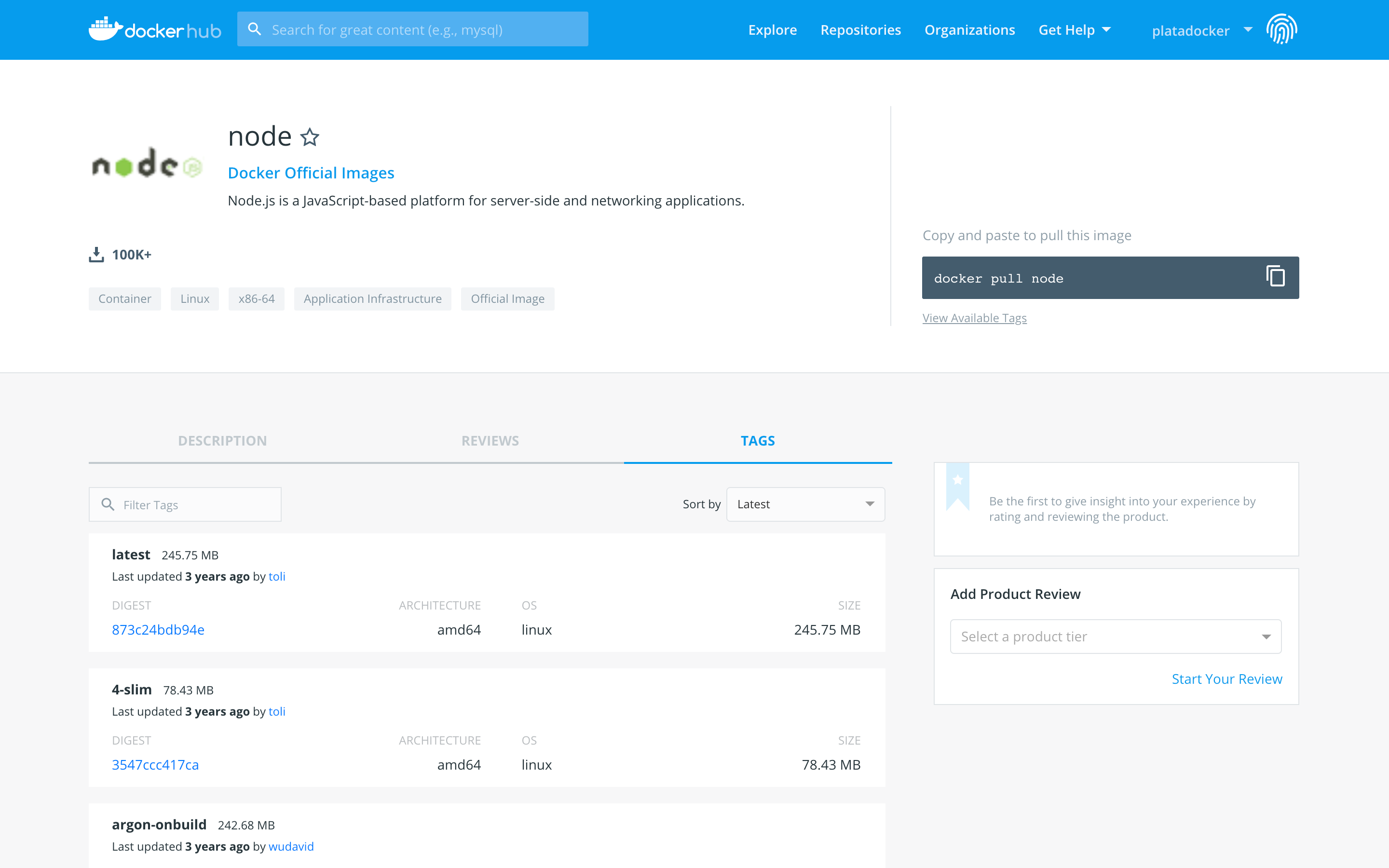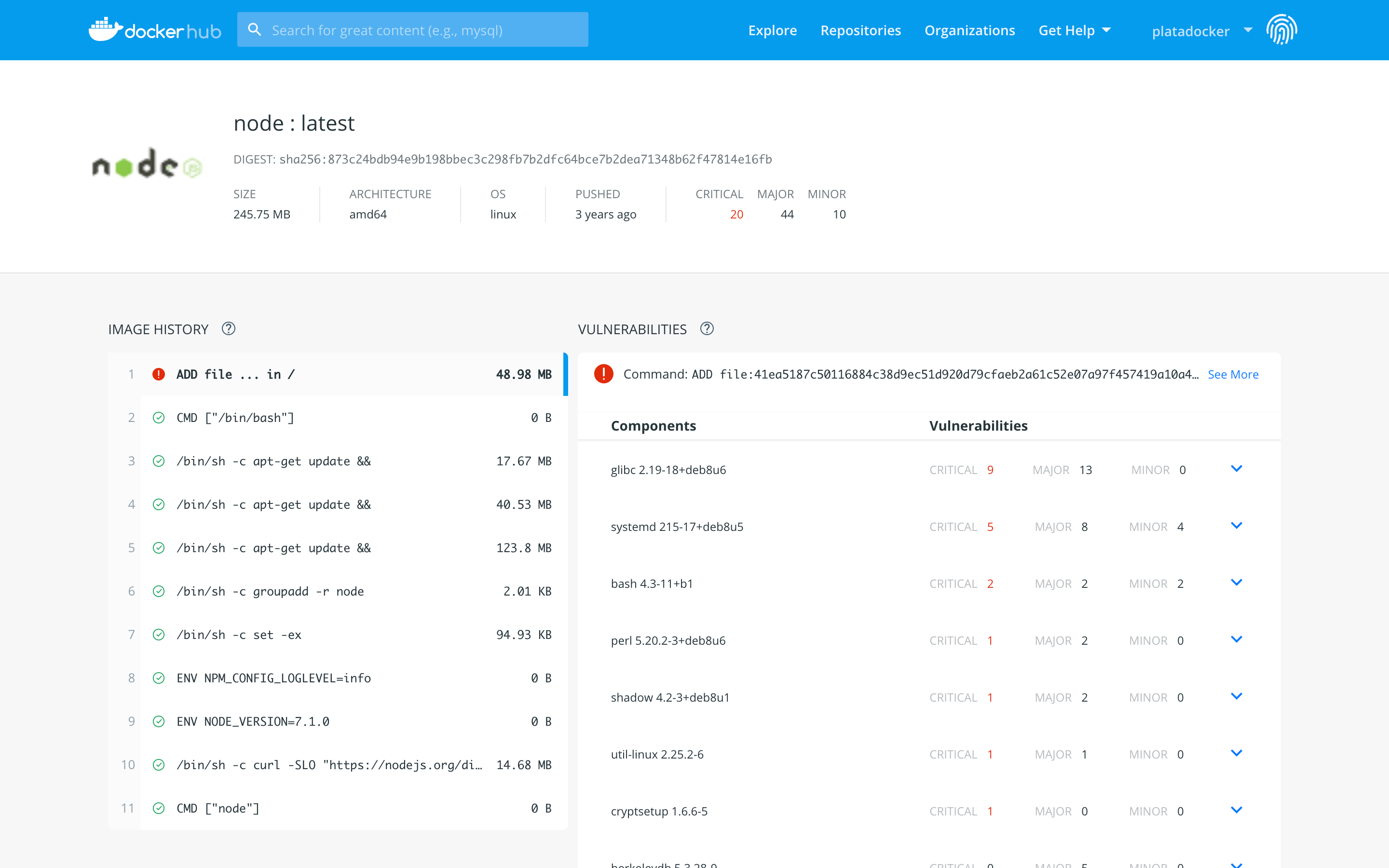Official Images on Docker Hub
Estimated reading time: 4 minutesThe Docker Official Images are a curated set of Docker repositories hosted on Docker Hub. They are designed to:
-
Provide essential base OS repositories (for example, ubuntu, centos) that serve as the starting point for the majority of users.
-
Provide drop-in solutions for popular programming language runtimes, data stores, and other services, similar to what a Platform as a Service (PAAS) would offer.
-
Exemplify
Dockerfilebest practices and provide clear documentation to serve as a reference for otherDockerfileauthors. -
Ensure that security updates are applied in a timely manner. This is particularly important as many Official Images are some of the most popular on Docker Hub.
Docker, Inc. sponsors a dedicated team that is responsible for reviewing and publishing all content in the Official Images. This team works in collaboration with upstream software maintainers, security experts, and the broader Docker community.
While it is preferable to have upstream software authors maintaining their corresponding Official Images, this is not a strict requirement. Creating and maintaining images for Official Images is a public process. It takes place openly on GitHub where participation is encouraged. Anyone can provide feedback, contribute code, suggest process changes, or even propose a new Official Image.
When to use Official Images
New Docker users are encouraged to use the Official Images in their
projects. These images have clear documentation, promote best practices,
and are designed for the most common use cases. Advanced users are encouraged to
review the Official Images as part of their Dockerfile learning process.
A common rationale for diverging from Official Images is to optimize for image size. For instance, many of the programming language stack images contain a complete build toolchain to support installation of modules that depend on optimized code. An advanced user could build a custom image with just the necessary pre-compiled libraries to save space.
A number of language stacks such as
python and
ruby have -slim tag variants
designed to fill the need for optimization. Even when these “slim” variants are
insufficient, it is still recommended to inherit from an Official Image
base OS image to leverage the ongoing maintenance work, rather than duplicating
these efforts.
Official Image Vulnerability Scanning
Each of the images in the Official Images is scanned for vulnerabilities. The results of these security scans provide valuable information about which images contain security vulnerabilities, and allow you to choose images that align with your security standards.
To view the Docker Security Scanning results:
-
Make sure you’re logged in to Docker Hub. You can view Official Images even while logged out, however the scan results are only available once you log in.
-
Navigate to the repository of the Official Image whose security scan you want to view.
-
Click the
Tagstab to see a list of tags. and their security scan summaries.
-
Click on a tag to see the image’s security scan summary.

You can click into a tag’s detail page to see more information about which layers in the image and which components within the layer are vulnerable. Details including a link to the official CVE report for the vulnerability appear when you click an individual vulnerable component.
Submitting Feedback for Official Images
All Official Images contain a User Feedback section in their
documentation which covers the details for that specific repository. In most
cases, the GitHub repository which contains the Dockerfiles for an Official
Repository also has an active issue tracker. General feedback and support
questions should be directed to #docker-library on Freenode IRC.
Creating an Official Image
From a high level, an Official Image starts out as a proposal in the form of a set of GitHub pull requests. Detailed and objective proposal requirements are documented in the following GitHub repositories:
The Official Images team, with help from community contributors, formally review each proposal and provide feedback to the author. This initial review process may require a bit of back-and-forth before the proposal is accepted.
There are also subjective considerations during the review process. These subjective concerns boil down to the basic question: “is this image generally useful?” For example, the python Official Image is “generally useful” to the larger Python developer community, whereas an obscure text adventure game written in Python last week is not.
Once a new proposal is accepted, the author is responsible for keeping their images up-to-date and responding to user feedback. The Official Repositories team becomes responsible for publishing the images and documentation on Docker Hub. Updates to the Official Image follow the same pull request process, though with less review. The Official Images team ultimately acts as a gatekeeper for all changes, which helps mitigate the risk of quality and security issues from being introduced.
Docker, docker, registry, accounts, plans, Dockerfile, Docker Hub, docs, official, image, documentation